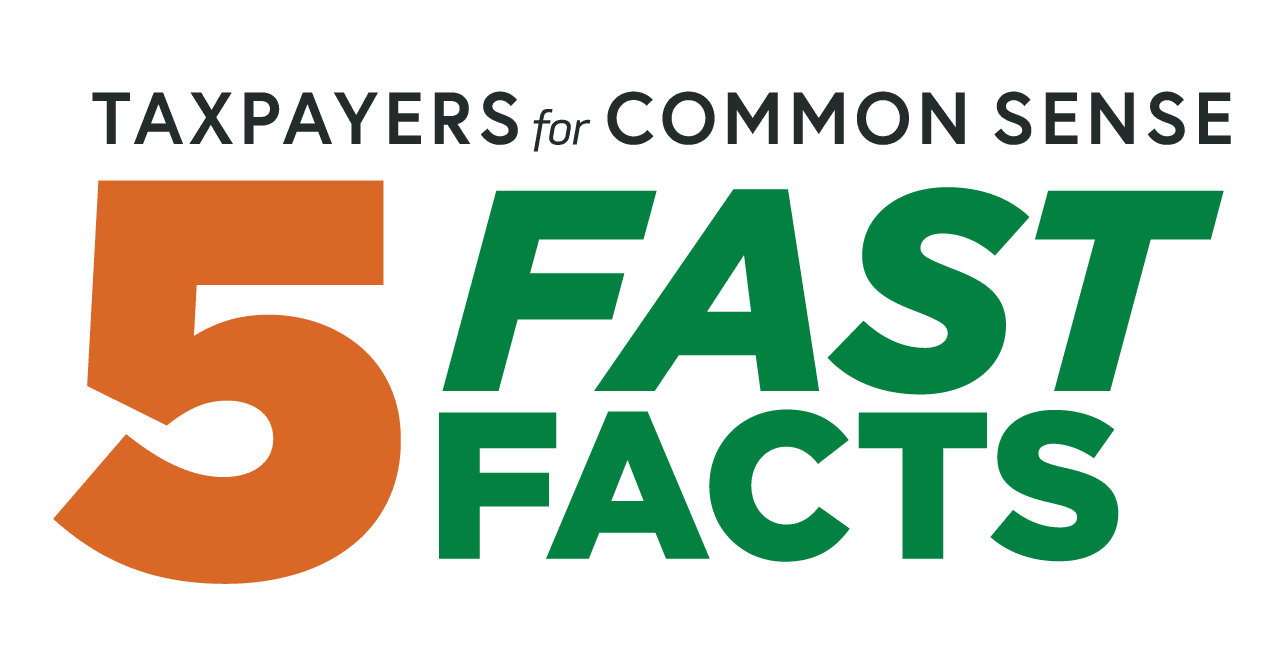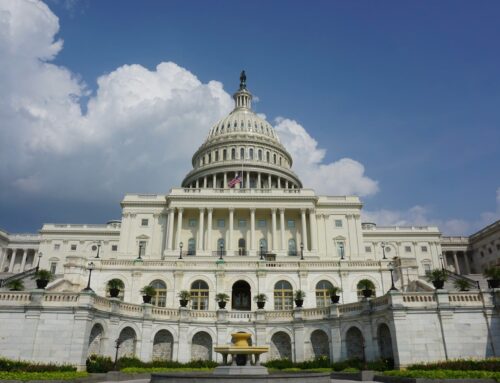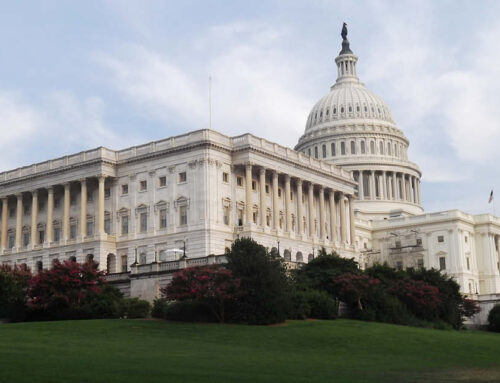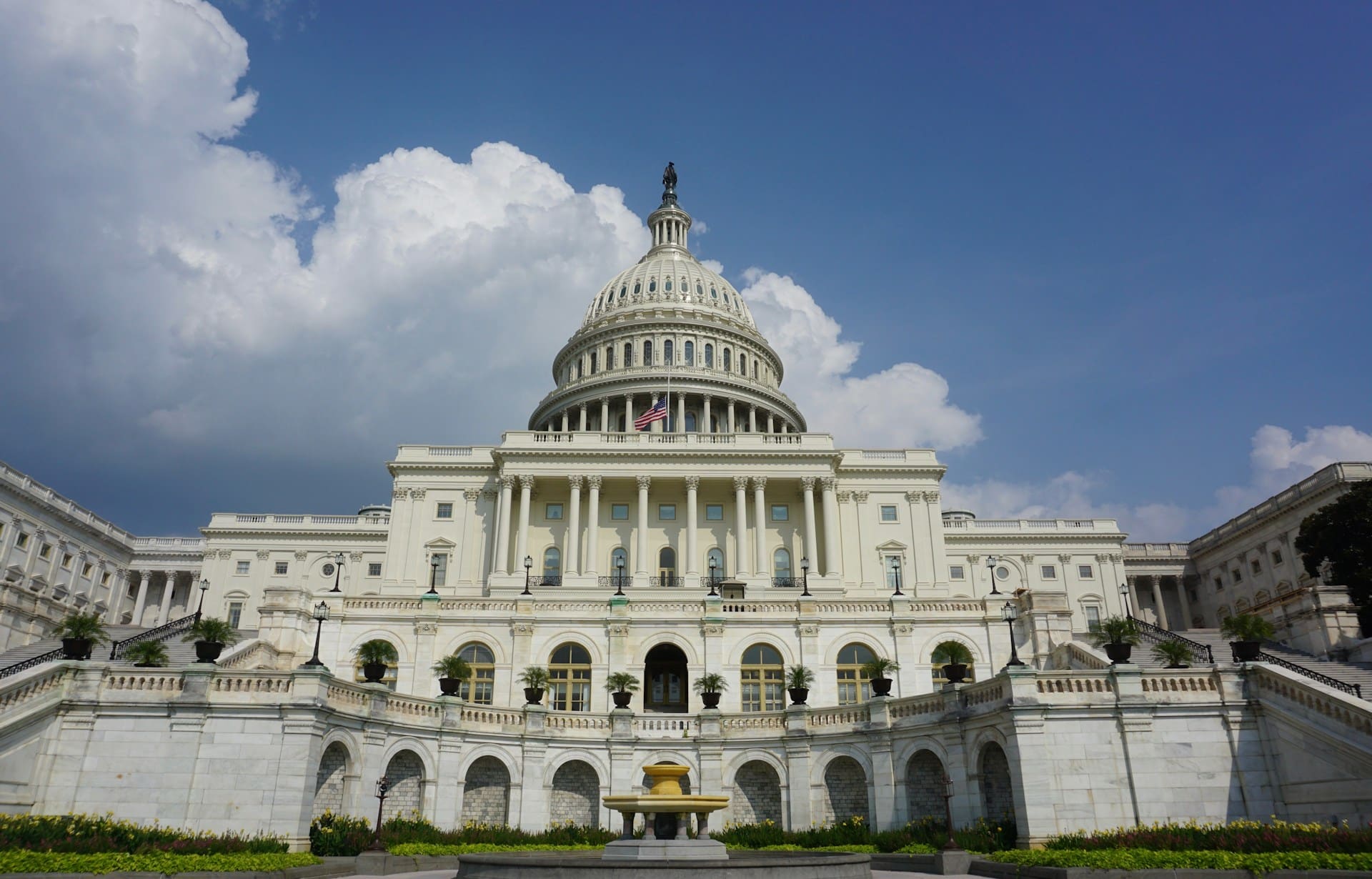about the
Federal Emergency Management Agency
Created by an executive order from President Jimmy Carter in 1978, the Federal Emergency Management Agency (FEMA) was an independent, cabinet-level federal agency for many years. With the establishment of the Department of Homeland Security (DHS), FEMA was integrated into DHS. FEMA coordinates the federal response to disasters that overwhelm the resources and of state and local capabilities.
Recent natural disasters have put FEMA back in the political spotlight, which has led to distortions about how FEMA is funded, its role, and the federal government’s responsibilities in disaster response. Here are the facts:
- A GOVERNOR MUST DECLARE AN EMERGENCY AND REQUEST FEDERAL ASSISTANCE.
To receive federal assistance, a state’s governor must declare a state of emergency and indicate that the disaster has exceeded the state’s capacity to respond. The governor must formally request federal aid, which the President must then authorize. This process is set forth in the Robert T. Stafford Disaster Relief and Emergency Assistance Act (P.L. 93-288), which governs the distribution of federal disaster aid and the conditions under which FEMA operates.
- FEMA IS FUNDED THROUGH A COMBINATION OF REGULAR AND SUPPLEMENETAL APPROPRIATIONS.
Like other federal agencies, FEMA is funded through the annual appropriations process. As part of DHS, it receives funding through the annual Department of Homeland Security Appropriations Act. However, FEMA frequently requires additional funding through supplemental appropriations. According to the Congressional Budget Office (CBO), between 1992 and 2021, FEMA received $381 billion, three-quarters of which came from supplemental appropriations outside the regular budgetary process to address extraordinary needs.
- FEMA FUNDING OFTEN INSUFFICIENT TO RESPOND TO INCREASINGLY INTENSE NATURAL DISASTERS.
As natural disasters have intensified, FEMA’s Disaster Relief Fund (DRF) has frequently been depleted. According to CBO, 30 hurricanes required DRF assistance between 1992 and 2021, with several years—2005, 2012, and 2017—accounting for disproportionately high spending. These years saw either multiple severe hurricanes or, as with Superstorm Sandy in 2012, a powerful storm hitting a densely populated area. The growing need for disaster funding above a “typical” year has made supplemental appropriations more routine.
- THE FEDERAL GOVERNMENT CAN NOT “STEAL” MONEY FROM FEMA TO USE FOR OTHER PURPOSES.
During recent natural disasters, some political actors have falsely claimed that $1 billion of FEMA’s disaster relief funds were “stolen” and repurposed by the federal government for other uses, such as housing migrants. This claim is inaccurate. FEMA’s disaster relief funds are allocated separately from other mission funds. Congress appropriates funding for disaster relief and migration programs separately, with funding legally bound to its designated use. There is no evidence to support the claim that disaster relief funds have been redirected.
- FEMA PROVIDES VARIOUS TYPES OF DISASTER ASSISTANCE.
In the wake of disasters, affected individuals are inundated with information about how to secure disaster assistance. After applying, most individuals are eligible for “serious needs assistance” a one-time payment of up to $770 for disasters declared after October 1, 2024, covering essentials like food and water, with no verification or repayment required. For housing, FEMA provides for up to 14 days of hotel stays and additional housing repair assistance. This aid is a safety net, not a replacement for insurance. FEMA Individual Assistance currently caps at $42,500 for Housing Assistance, with an additional $42,500 for Other Needs Assistance, adjusted annually based on appropriations. In practice, recipients of FEMA assistance receive much less than the maximum available. FEMA also offers disaster-related unemployment benefits, which cover excess unemployment claims resulting from businesses destroyed in the disaster. The Small Business Administration also offers low-interest loans to affected businesses for repairs.










Get Social